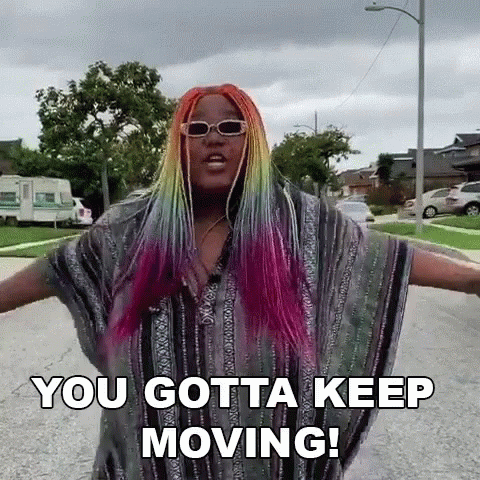How can VR help with workplace sedentary behaviours?
Are you tired of sitting at your desk all day, staring at a computer screen and feeling like a potato? You're not alone!

Are you tired of sitting at your desk all day, staring at a computer screen and feeling like a potato? You're not alone!
Workplace sedentary behaviour is a common problem that can lead to a variety of health issues, including obesity, back pain, and poor posture.
But fear not!
There's a fun and futuristic solution: Virtual Reality.
Academic studies
With the whole work from home phenomenom over the last few years, employers have been looking for ways to keep employees not only motivated and productive, but fit and healthy. This is no mean feat, and my last start-up was right at the center of solving this problem.

One thing that stood out in discussions with all of the academics I worked with during that time was the fact that sitting and standing while working was pretty much the same thing, and with much the same outcome for the individual.
In short, too much sitting and the blood pools around your midriff, too much standing and the blood pools around your calfs, leading to possible varicose veins.
Constant movement was the key to maintaining good health.


What has all this to do with Virtual Reality?
If you didn't already know, you can connect your VR headset to your PC or Mac in virtual desktop (link below).

This allow you to recreate all your work and browing tabs right from within your VR headset. But where am I going with this I hear you ask?
Virtual reality in itself is going through a bit of a transitionary period, technologically speaking. Mixed reality with full colour passthrough is becoming more popular, and we are just starting to see the use cases in applications for Quest Pro, to a lesser extent Quest 2 (black and white and terribly grainy in MR mode) and also the HTC's XR Elite.
Take a look at Litesport and you can get a real idea of what I mean.
Ok, get it now? Perfect, i'll get to the point.
Virtual reality, or should I say mixed reality, is the future of employee (or freelancer!) wellbeing, from many different perspectives, let's list them to see the full potential here..
- From within a virtual desktop, the user can move around freely in the confines of a small room even in full colour passthrough ( for safety), thus he/she/they can be constantly on the move beating sedentary behaviour
- Good posture can be coached via avatar
- Gamification at every stage based on the amount of movement tracked
- Employee movement leaderboards (opt in/out)
- Rewards for good movement scores.
Essentially I could spend all day listing the possibles, but i'll leave that to your imagination and my future product ;-)
Summary
VR and MR have the potential to help boost employee involvement, engagement and make it not only fun, but a healthly way for them to carry out thier daily work activities. With the amount of sitting (or standing) people are asked to do during the day, employers have a care of duty to make sure thier wards dont't get metabolic syndrome, diabetes and all the other nasties that are caused from inactivity.
Keep moving folks!


Want to read more from the Futre of work series..?









